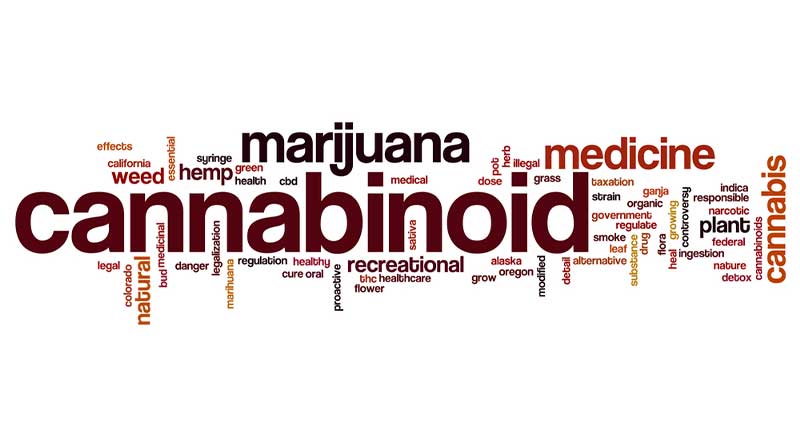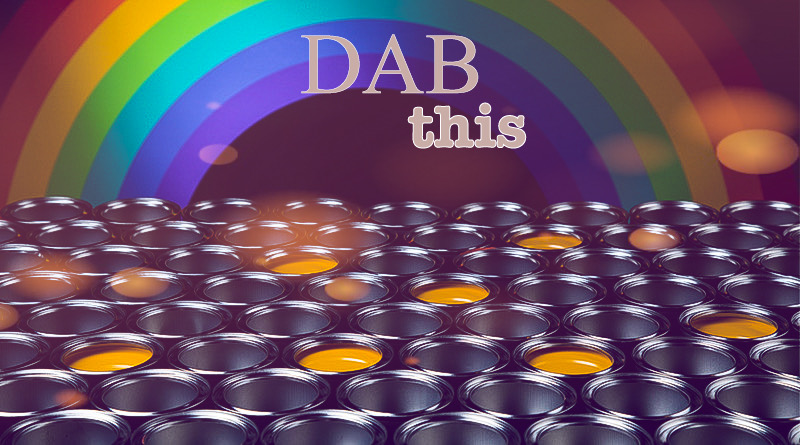by Brittney Graham
As we come to our final installment of the getting to know your cannabinoid series, I thought it best to group the lesser known cannabinoids together. Not because they are less important, but because there is less known about them in the scientific community. Please note, the cannabinoids that have been discussed throughout this series is not a complete list. I say this because research and discovery in this field is ever evolving, and what we don’t know today could be discovered tomorrow! So, without further ado, let’s discover these cannabinoids together, shall we?
CBDV (Cannabidivarin)
This cannabinoid is similar in structure to CBD (cannabinol) and will not get you high like THC. It is not very common but traces can still be found in strains. A few studies have found that it helps reduce epileptic seizures and relieves nausea.
CBL (Cannabicyclol)
Cannabicyclol is another non-psychoactive cannabinoid and it has not been fully researched to confirm its non-psychoactive properties. Most research has been focused on its chemical structure rather than its effects. A few studies also report that medical potential in CBL is not the same as CBD or THC.
CBV (Cannabivarin)
Cannabivarin is another compound in the cannabis plant that is derived from THC, and it does not contain psychoactive properties. Its potential for medicinal value is still being explored.
CBCV (Cannabichromevarin)
Cannabichromevarin was discovered in 1975 when Japanese researchers isolated it for the first time from the cannabis plant. Because of its structure, its effects mimic those of CBC. Despite research being small, medical experts speculate that CBCV helps aid in the treatment of depression and can also act as a pain reliever.
CBE (Cannabielsion)
Cannabielsion was discovered by researchers in Ohio in 1983. It is classified as a metabolite of CBD and trace amounts can be found in most strains. Since only trace amounts have been found, research on cannabielsion has been very few and far between.
CBT (Cannbitroil)
CBT has the same structure as THC, except that it has two additional alcohol groups. Scientists have yet to determine its medical value or if there is psychoactive properties like THC. Recent lab tests discovered that CBT relieves intraocular pressure in lab animals. This could eventually become an effective tool for treating glaucoma. Obviously, more research is needed as with most cannabinoids on this list.
CBE (Cannabielsoin)
CBE is one of the long lost of cannabinoids. Its role is not completely understood in the medical community. CBE is synthesized internally after CBD metabolizes, but its real potential is yet to be discovered.




